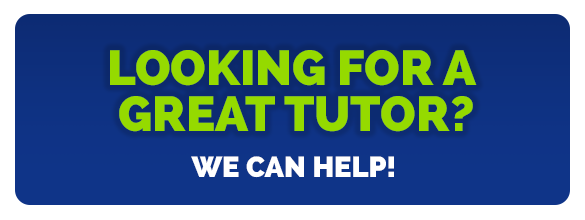Reading is a foundational skill that shapes a student’s academic success and lifelong learning. Yet, many students across the United States struggle to reach the reading proficiency expected for their grade level. This gap not only hampers their performance in school but also affects their confidence and future opportunities. Addressing this issue requires understanding what reading levels mean, recognizing the scale of the problem through statistics, and implementing effective solutions like one-on-one tutoring to help students catch up.
What Do Reading Grade Levels Mean?
Reading grade levels indicate the expected reading ability of a student based on their school year. These levels are often measured using standardized assessments, such as the National Assessment of Educational Progress (NAEP), which categorizes proficiency into four tiers: Below Basic, Basic, Proficient, and Advanced. Here’s a breakdown of what these levels typically represent across key grade milestones:
- Grade 1 (Ages 6-7): Students should recognize letters, decode simple words, and read basic sentences with support. This aligns with a reading level of about 1.0–1.9 on many scales, focusing on phonics and sight words.
- Grade 4 (Ages 9-10): By this stage, students are expected to read fluently, comprehend short chapter books, and infer meaning from text. The NAEP “Proficient” level for fourth graders includes understanding main ideas and vocabulary in context, roughly equivalent to a 4.0–4.9 reading level.
- Grade 8 (Ages 13-14): Eighth graders should handle complex texts, such as novels or informational articles, analyzing themes and drawing conclusions. Proficiency here corresponds to a reading level of about 8.0–8.9, requiring strong comprehension and critical thinking.
Being “below grade level” means a student struggles with the skills expected for their age group. For example, a fourth grader reading at a second-grade level might still stumble over multisyllabic words or miss the main point of a story, putting them at a disadvantage across subjects.
The Scope of the Problem: Statistics on Reading Struggles
Recent data paints a sobering picture of how many students are falling behind in reading. According to the 2022 Nation’s Report Card from the NAEP, 66% of fourth graders in U.S. public and non-public schools scored below the Proficient level in reading, with 31% falling Below Basic. For eighth graders, the numbers are even starker: 69% were below Proficient, and 30% were Below Basic. These figures reflect a persistent challenge, worsened by disruptions like the COVID-19 pandemic, which saw kindergarten reading readiness drop from 55% to 37% between 2019 and 2020.
The National Center for Education Statistics (NCES) further reported in 2023 that nearly half (49%) of public school students started the 2022–23 school year behind grade level in at least one subject, with reading often cited as a primary area of concern. Pre-pandemic, this figure was lower at 36%, underscoring the lasting impact of learning loss. Additionally, over 54% of American adults read below a sixth-grade level, suggesting that early struggles can persist without intervention.
These statistics highlight a critical issue: millions of students are not equipped with the reading skills needed to succeed academically or engage fully in society. The consequences are profound—students who lag in reading by third grade are four times less likely to graduate high school on time, a risk that jumps to six times for those from low-income families.
A Proven Solution: One-on-One Tutoring
To bridge this gap, one-on-one tutoring stands out as a highly effective strategy. Unlike classroom instruction, which must cater to a group, personalized tutoring tailors lessons to a student’s specific needs, pace, and learning style. Research consistently supports its impact. A 2020 meta-analysis by the Annenberg Institute found that high-dosage tutoring—defined as at least 30 minutes, three times a week with a trained tutor—can boost learning by three to 15 months across grade levels. For reading specifically, Johns Hopkins University studies show one-to-one tutoring outperforms other interventions, like small groups or computer-based programs, especially for students far below grade level.
Why does it work? One-on-one tutoring allows tutors to pinpoint gaps—like weak phonics or poor comprehension—and address them directly. It also builds confidence through consistent, supportive feedback, which is crucial for students who feel discouraged. For instance, a struggling fourth grader might work with a tutor on decoding skills using engaging texts at their current level, gradually building up to grade-appropriate material. This individualized approach contrasts with the one-size-fits-all nature of many classrooms, where teachers juggle diverse needs.
Moreover, tutoring can integrate with school curricula, reinforcing classroom learning. Programs like Reading Partners demonstrate this success, showing significant gains in phonological skills and verbal ability through structured, one-on-one sessions. With only 11% of public school students currently receiving high-dosage tutoring (NCES, 2023), scaling up access could transform outcomes for the millions lagging behind.
Moving Forward
The reading crisis among students demands urgent action. With nearly two-thirds of fourth and eighth graders below proficiency, and half of students starting the year behind, the stakes are high. One-on-one tutoring offers a practical, evidence-based way to help students catch up, equipping them with the skills to thrive academically and beyond. Schools, districts, and communities must prioritize funding and implementing these programs, ensuring every child gets the chance to read at their potential. The investment isn’t just in literacy—it’s in their future.

